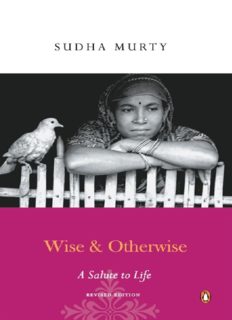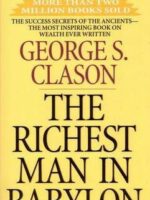The Mission Is the Message.
We are heirs to the tradition of seeing human quality as sattwa, rajas or tamas. This is a beautifully Indian way of expressing a metaphysical concept familiar to other civilizations as well: of all God’s creations, man alone has a choice between good and evil, and he reaps his rewards according to what he chooses.
Few set out consciously to perform sattwik work. Fewer still deliberately desire a life of tamas. Some could even start out with tamas or rajas and elevate themselves to sattwa. All this would be attributed to the larger cosmic scheme of karma. Jamshedji Tata appears to have had only a sattwik view of life and work —laying an industrial foundation for his country, starting educational and research institutions, and setting up a network of charities when such ideas were unknown. On the other hand, Alfred Nobel spent his genius inventing dynamite and smokeless gunpowder, which would all become agents of mass destruction.
Then, perhaps stung by the implications of his life’s achievements, he put the fortune he made to sattwik use by instituting the Nobel Prizes, as recognition for noble work.
Sudha Murty was not meant to hide her light under a housewife’s bushel. She was born with teacher’s blood in her veins, and teaching, she learned early, was a vocation that could help shape the world. But she did not remain just another face in the teaching crowd either. Unseen but clearly felt forces propelled her into unfamiliar territory. For one thing, she married a man with socialist blood in his veins. For another, when the benedictions of capitalism came their way, the instincts of the teacher and the socialist combined to take them into an orbit of public service for public good. While remaining a teacher, wife, mother and very much the woman next door, Sudha Murty turned into an institution.









Be the first to review “Wise And Otherwise – A Salute To Life”